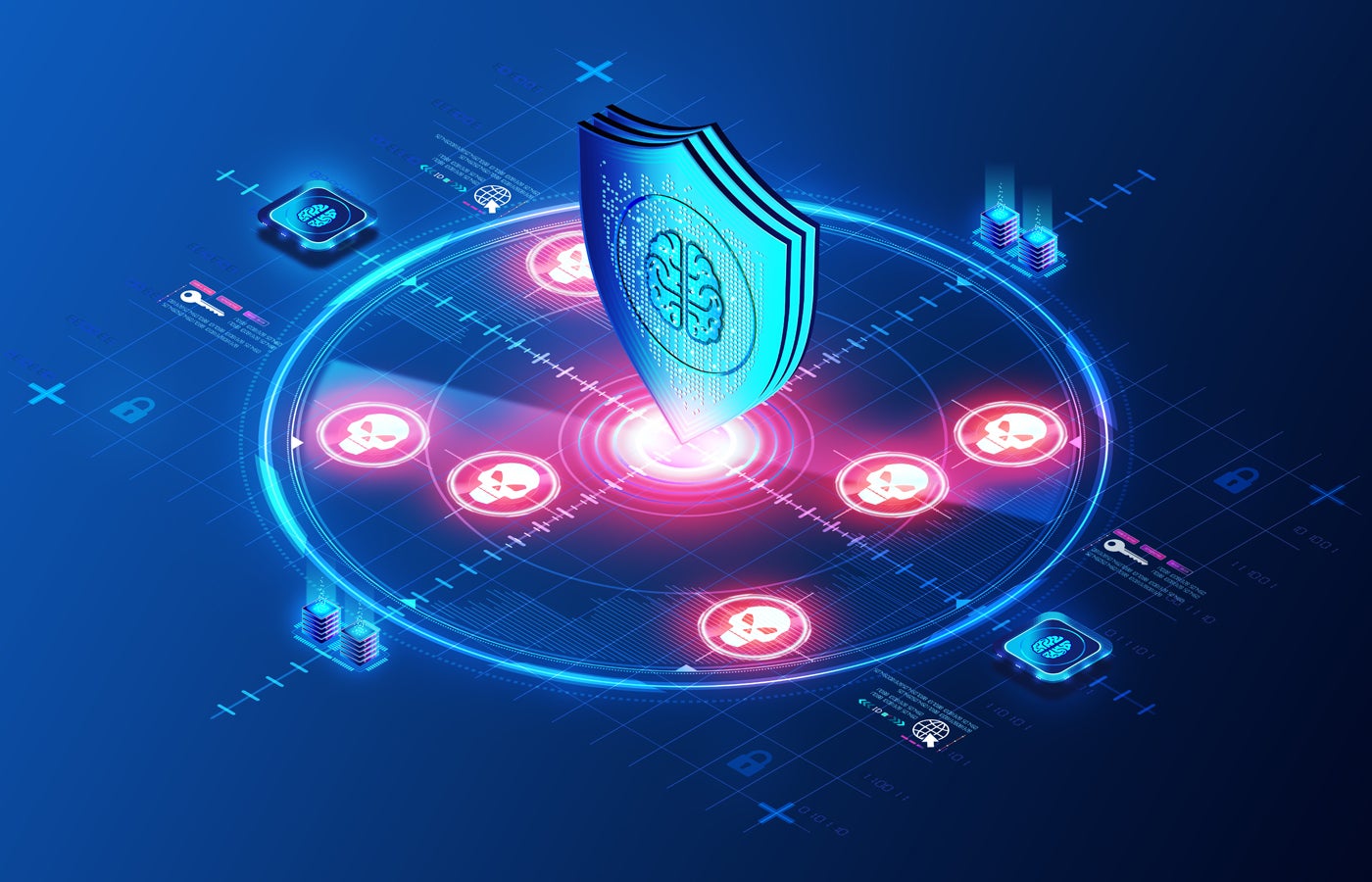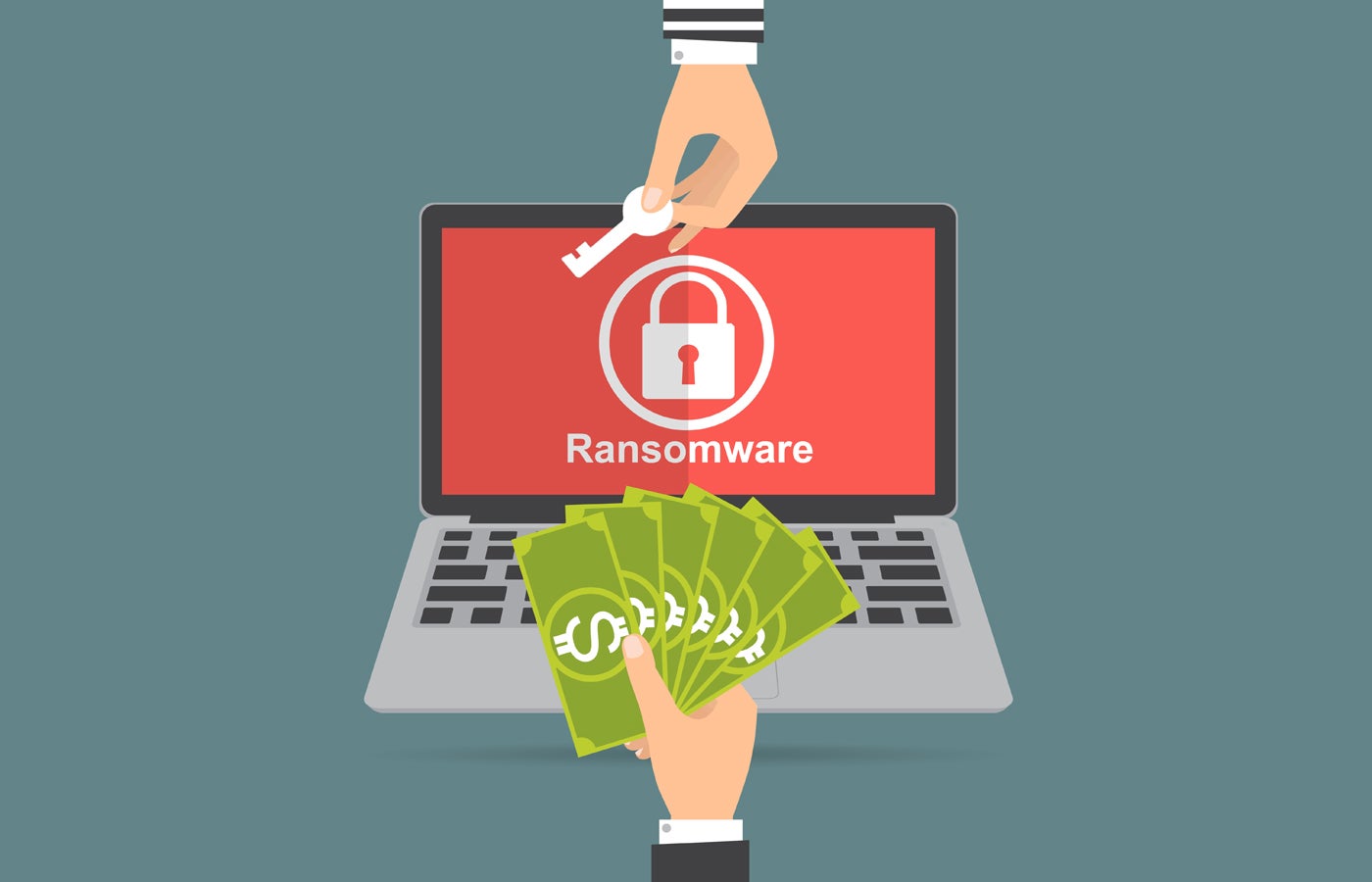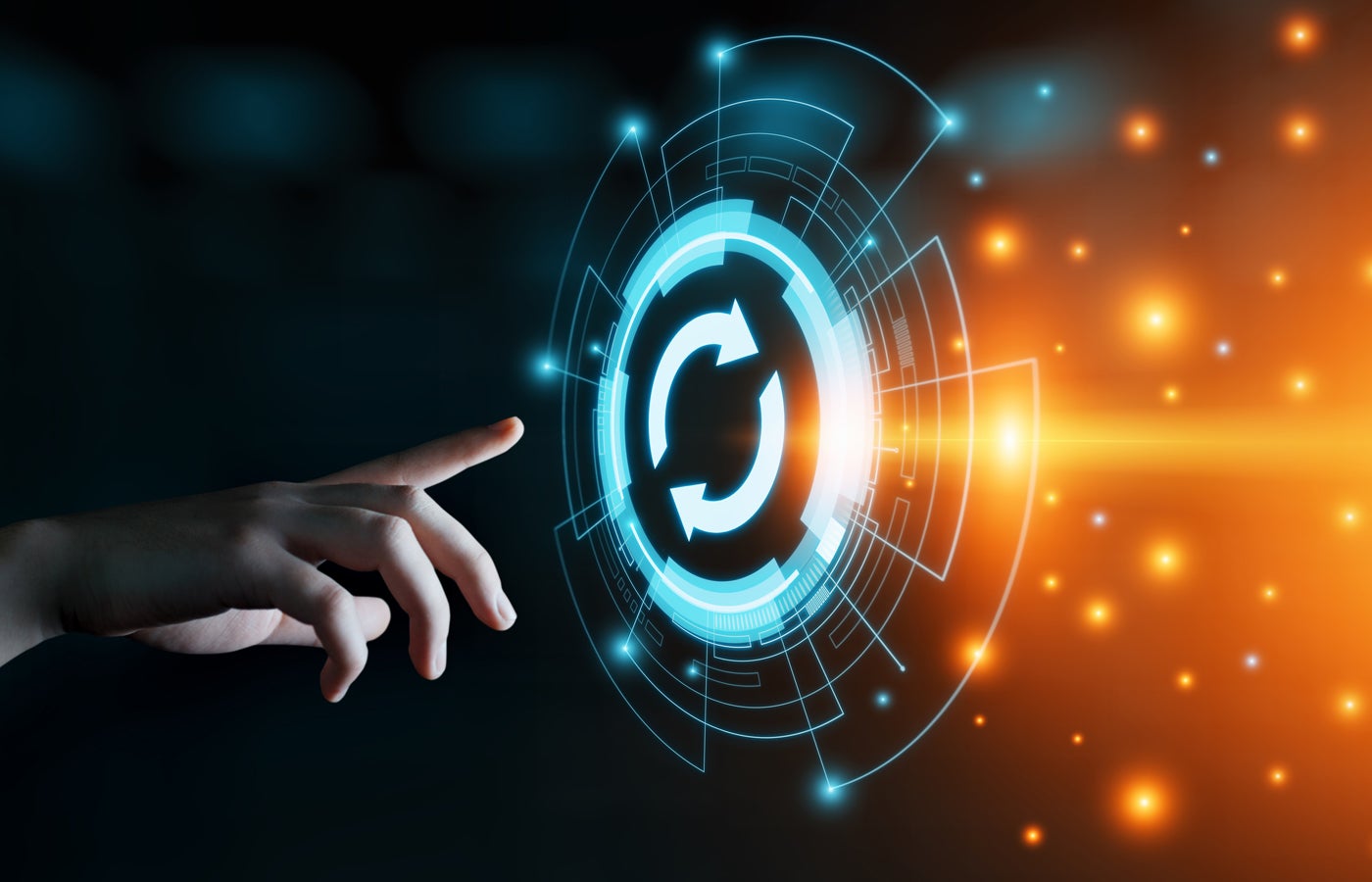Gartner’s Top Strategic Technology Trends for 2021 highlight those trends that are set to drive significant disruption and opportunity over the next five to 10 years.
Based on the principle that one size does not fit all, Gartner proposes that CIOs and IT leaders must decide what combination of trends will drive the most innovation and benefit the strategy of their company the most. In other words, each enterprise is unique and so should their choices be.
These choices must reflect the path of evolution and transformation the company will take in the next few years. This year’s trends have been selected for their transformative potential. Gartner has divided these trends into three themes:
People Centricity: The pandemic has dramatically changed how many people work and interact with organizations globally. However, people are still at the center of all business operations. The trends which are part of the People Centricity theme refer to the digitized processes that people need in order to function in today’s environment. People Centricity trends include: Internet of Behaviors (IoB), Total Experience Strategy, and Privacy-Enhancing Computing.
Location Independence: The Covid-19 pandemic has shifted where employees, customers, suppliers, and organizational ecosystems physically exist. This location independent new reality requires a technology shift to support this new version of how we do business. Location Independence trends include: Distributed Cloud, Anywhere Operations, and Cybersecurity Mesh.
Resilient Delivery: Whether a pandemic or a recession, volatility exists in the world. Organizations that are prepared to pivot and adapt will weather all types of disruptions. Resilient Delivery trends include Intelligent Composable Business, AI Engineering, and Hyper Automation.
Internet of Behaviors (IoB)
Returning to work after the Covid-19 pandemic will not be the same as before. Sensors or RFID tags are used to determine whether employees are washing their hands regularly.
The IoB is about using data to change behaviors.
Computer vision determines if employees are complying with mask protocol, and speakers are used to warn people of protocol violations. This behavioral data is collected and analyzed by the organizations to influence how people behave at work.
The collection and use of such data to drive behaviors is called the Internet of Behavior (IoB). As organizations improve not only the amount of data they capture, but also how they combine data from different sources and use that data, the IoB will continue to affect how organizations interact with people.
According to Gartner, with an increase in technologies that gather what the analysts call “digital dust” of daily life –data that spans the digital and physical worlds– that information can be used to influence behaviors through feedback loops.
As an example, Gartner says that for commercial vehicles, telematics can monitor driving behaviors, from sudden braking to aggressive turns. Companies can then use that data to improve driver performance, routing, and safety. According to Gartner, the Internet of Behaviors can gather, combine, and process data from many sources including:
IoB does have ethical and societal implications depending on the goals and outcomes of individual uses.
- Commercial customer data
- Citizen data processed by public-sector and government agencies
- Social media
- Public domain deployments of facial recognition
- Location tracking
- The increasing sophistication of the technology that processes this data has enabled the IoB trend to grow.
Indeed, IoB does have ethical and societal implications depending on the goals and outcomes of individual uses. As it happens with every other technology available, IoB can be used for good or for bad.
The same wearables that health insurance companies use to track physical activities to reduce premiums could also be used to monitor grocery purchases; too many unhealthy items could increase premiums. Privacy laws, which vary from region to region, will greatly impact the adoption and scale of the IoB.
Total Experience Strategy
Total experience combines multi-experience, customer experience, employee experience, and user experience to transform the business outcome. According to Gartner, the goal is to improve the overall experience where all of these pieces intersect, from technology to employees to customers and users.
Total Experience Strategy enables organizations to capitalize on Covid-19 disruptors.
According to Gartner, tightly linking all of these experiences –as opposed to individually improving each one in a silo– differentiates a business from competitors in a way that is difficult to replicate, creating sustainable competitive advantage.
This trend enables organizations to capitalize on Covid-19 disruptors including remote work, mobile, virtual, and distributed customers.
Privacy-Enhancing Computing
According to Gartner, privacy-enhancing computation features three technologies that protect data while it is being used.
- The first, provides a trusted environment in which sensitive data can be processed or analyzed
- The second, performs processing and analytics in a decentralized manner
- The third, encrypts data and algorithms before processing or analytics
The Privacy-Enhancing computation trend enables organizations to collaborate on research securely across regions as well as with competitors without sacrificing confidentiality. Gartner says that this approach is designed specifically for the increasing need to share data while maintaining privacy or security.
Distributed Cloud
Distributed cloud is where cloud services are distributed to different physical locations, but the operation, governance, and evolution remain the responsibility of the public cloud provider.
Distributed cloud is the future of cloud
Enabling organizations to have these services physically closer helps with low-latency scenarios, reduces data costs, and helps accommodate laws that dictate data must remain in a specific geographical area.
However, according to Gartner, it also means that organizations still benefit from public cloud and are not managing their own private cloud, which can be costly and complex
Anywhere Operations

This trend became more evident during the Covid-19 pandemic. For Gartner, an anywhere operations model will be vital for businesses to emerge successfully from Covid-19. At its core, this operating model allows for business to be accessed, delivered and enabled anywhere –where customers, employers, and business partners operate in physically remote environments.
The model for anywhere operations is digital first, remote first. Gartner cites as an example banks that are mobile-only, but handle everything from transferring funds to opening accounts with no physical interaction.
Digital should be the default at all times. According to Gartner, that is not to say physical space does not have its place, but it should be digitally enhanced such as a contactless check-out at a physical store, regardless of whether its physical or digital, capabilities should be seamlessly delivered.
Cybersecurity Mesh
Cybersecurity mesh is a distributed architectural approach to scalable, flexible, and reliable cybersecurity control. According to Gartner, cybersecurity mesh essentially allows for the security perimeter to be defined around the identity of a person or thing.
As perimeter protection becomes less meaningful, the security approach of what Gartner calls a walled city must evolve to current needs.
Intelligent Composable Business
An intelligent composable business is one that can adapt and fundamentally rearrange itself based on a current situation. According to Gartner, as organizations accelerate digital business strategy to drive faster digital transformation, they need to be agile and make quick business decisions informed by currently available data.
In order to successfully do this, Gartner says that organizations must:
- Enable better access to information
- Augment that information with better insight
- Have the ability to respond quickly to the implications of that insight
This will also include increasing autonomy and democratization across the organization, enabling parts of the businesses to quickly react instead of being bogged down by inefficient processes.
Artificial Intelligence Engineering
According to Gartner’s analysts, a robust Artificial Intelligence (AI) engineering strategy will facilitate the performance, scalability, interpretability, and reliability of AI models while delivering the full value of AI investments.
AI is starting to deliver on its potential, and its benefits for businesses are becoming a reality.
Most organizations quite often struggle with AI projects when such projects present issues such as maintainability, scalability, and governance. Gartner says that AI engineering offers organizations a pathway, making AI a part of the mainstream DevOps process rather than a set of specialized and isolated projects.
For Gartner, it brings together various disciplines to tame the AI hype while providing a clearer path to value when operationalizing the combination of multiple AI techniques. Due to the governance aspect of AI engineering, responsible AI is emerging to deal with trust, transparency, ethics, fairness, interpretability, and compliance issues. Gartner believes it is the operationalization of AI accountability.
Hyper-automation

Hyper-automation has been recognized as the number one strategic technology trend for 2020, and is not going anywhere anytime soon. Hyper-automation is the idea that anything that can be automated in an organization should be automated. Hyper-automation is driven by organizations having legacy business processes that are not streamlined, creating immensely expensive and extensive issues for organizations.
The new way to work is changing businesses, and many organizations are supported by a patchwork of technologies that are not lean, optimized, connected, clean, or explicit. Meanwhile, the acceleration of digital business transformation requires efficiency, speed, and democratization. Organizations that are not able to focus on efficiency, efficacy, and business agility will be left behind.
“The unprecedented socio-economic challenges of 2020 demand the organizational plasticity to transform and compose the future,” said Brian Burke, Research Vice President, during virtual Gartner IT Symposium/Xpo™ 2020.
Gartner’s Top Strategic Technology Trends for 2021 will enable the flexibility that resilient businesses require in the significant upheaval driven by the Covid-19 pandemic and the current economic state of the world.
Related Articles:




